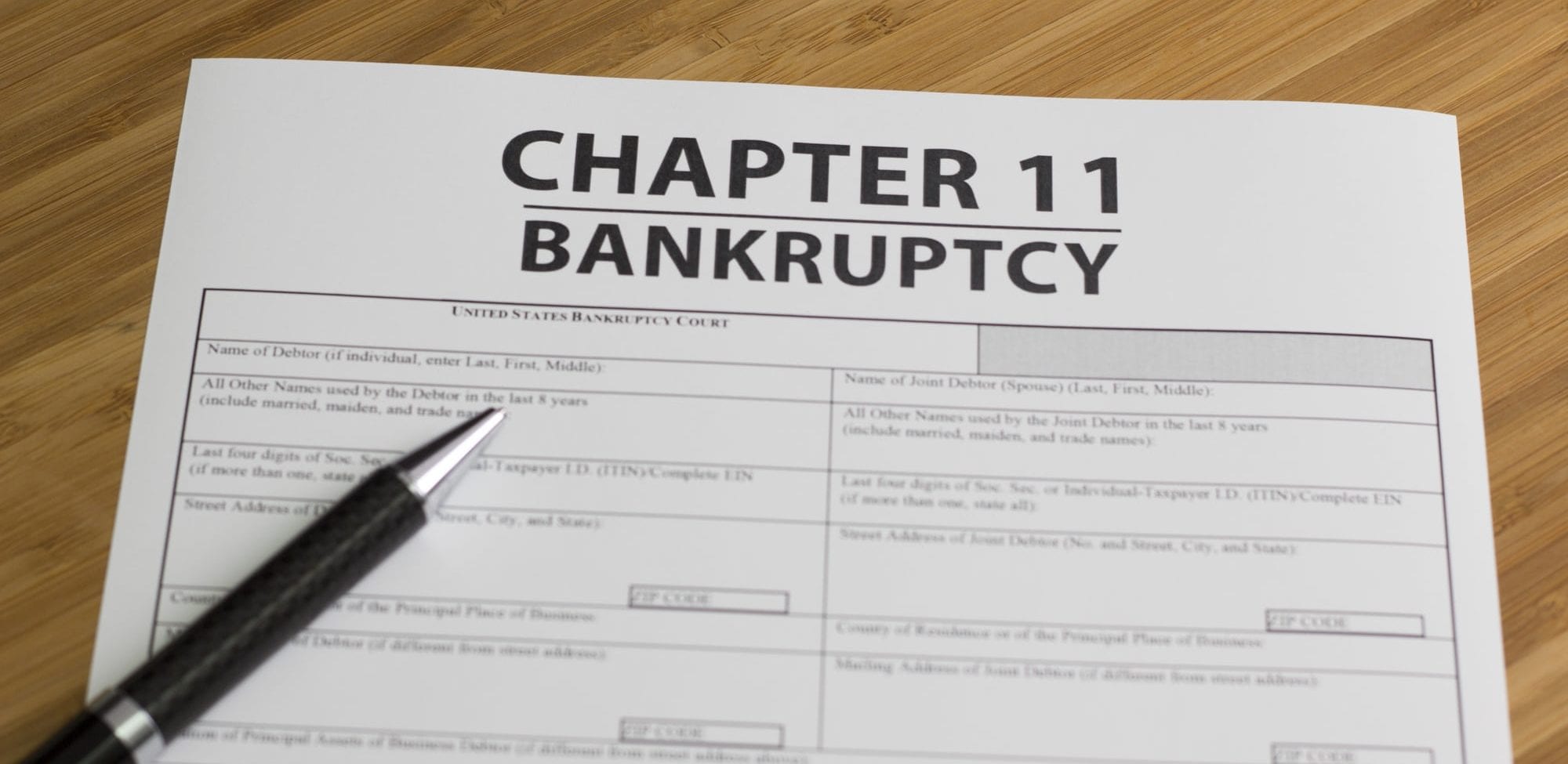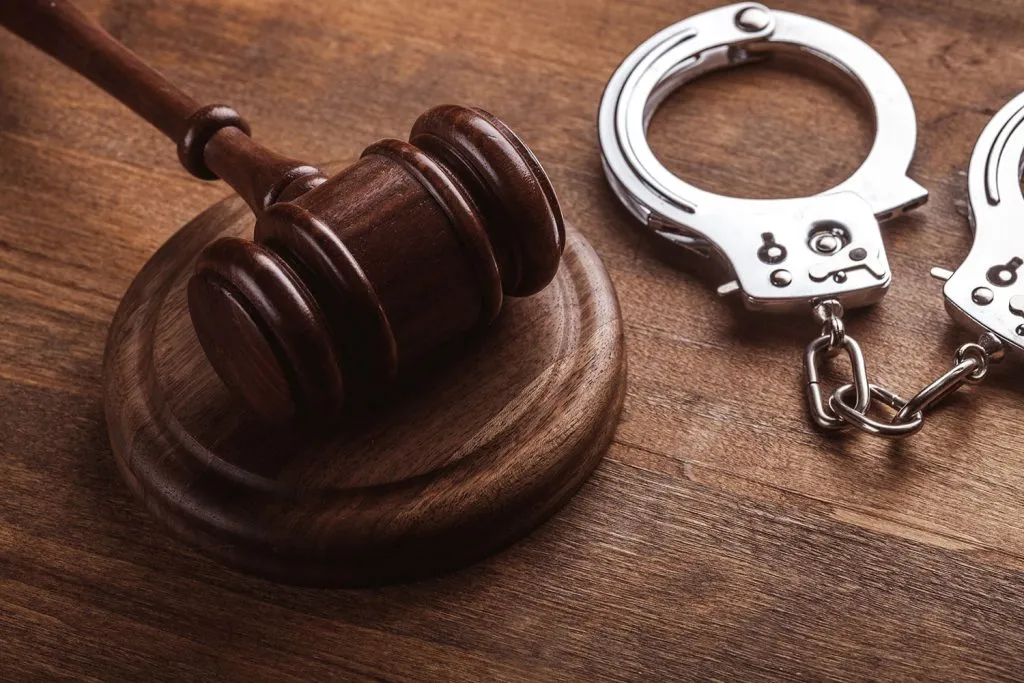Bankruptcy and insolvency are related legal terms that both involve an individual or business being unable to repay outstanding debts. However, they are not exactly the same thing. Bankruptcy refers specifically to a legal status declared by a court, while insolvency is a more general state of being unable to pay debts. So insolvency can lead to bankruptcy, but the two words have distinct meanings.
Bankruptcy is a legal process governed by federal law that provides debt relief to individuals and businesses who can no longer repay their creditors. The two most common types of bankruptcy for consumers are Chapter 7 and Chapter 13. The key effect of declaring bankruptcy is that collection actions against the debtor’s assets are halted and many types of debt can be discharged. However, some debts like student loans and alimony cannot be discharged through bankruptcy.
Insolvency simply refers to the state of being unable to repay debts or other financial obligations. An individual or business does not have to declare bankruptcy to be considered insolvent. For example, a business may be insolvent if its liabilities exceed its assets, meaning it does not have enough funds to pay its debts. However, it could still avoid declaring bankruptcy by reaching agreements with creditors to restructure debt payments.
So while insolvency can lead to bankruptcy, the two terms are not synonymous. All bankruptcies involve insolvency, but not all insolvencies lead to bankruptcy. However, insolvency is a prerequisite for filing for bankruptcy. When an individual or business files a bankruptcy petition, they must show the court evidence that they are insolvent before the court will approve the bankruptcy.
Some key differences between insolvency and bankruptcy:
– Insolvency is a financial condition, while bankruptcy is a legal process.
– Insolvency refers to inability to pay debts generally, while bankruptcy involves a court process for discharging specific debts.
– Being insolvent does not provide any legal protections, while bankruptcy stops collections and provides the option to discharge certain debts.
– Insolvency is generally defined as liabilities exceeding assets, while bankruptcy relies on court determination.
So in summary, insolvency is a necessary condition for bankruptcy, but the two terms are not interchangeable. Bankruptcy is a legal mechanism for dealing with insolvency, providing specific protections and debt relief options. But insolvency also exists outside the bankruptcy process whenever an individual or business can no longer pay owed debts.
Causes of Insolvency
Insolvency can occur for many reasons, including poor financial management, industry changes, lawsuits, or events outside a person or business’s control. Some common causes of insolvency include:
– Taking on excessive debt beyond ability to repay
– Suffering major income loss from job loss, injury/illness, or economic downturn
– Facing an expensive lawsuit judgment or settlement
– Experiencing unexpected major costs like medical bills or home repairs
– Having a business affected by declining sales and revenue in its market
– Failure to properly manage finances and cash flow
Becoming insolvent does not necessarily mean a business made poor decisions. Even well-managed businesses can become insolvent if impacted by unfavorable industry trends or catastrophic events outside their control. But often insolvency results from some combination of unwise borrowing, poor budgeting, and failure to plan for unexpected financial shocks.
Signs of Insolvency
For both individuals and businesses, some common signs of insolvency include:
– Missing or delaying payments on debts
– Maxing out available credit and relying on credit cards to pay routine expenses
– Declining business revenue and increasing operating losses
– Falling net worth as liabilities exceed assets
– Ongoing negative cash flow and lack of liquidity
– Creditor lawsuits, liens, repossessions, and collection calls
– Personal or business bankruptcy
Recognizing the signs of insolvency early is important for turning things around. The sooner steps are taken to cut expenses, increase income, and negotiate with creditors, the more options an individual or business has for achieving financial stability. Ignoring the warning signs can allow a bad situation to spiral into bankruptcy.
Consequences of Insolvency
If not addressed, insolvency can have serious consequences for a business and potentially owners/executives personally. Consequences may include:
– Foreclosure or repossession of assets used as collateral for debts
– Lawsuits, liens, and wage garnishment by creditors
– Damaged business credit and inability to obtain financing
– Bankruptcy and potential liquidation for businesses
– Personal bankruptcy for business owners to discharge debts
– Tax consequences if debts are cancelled outside bankruptcy
– Stress, anxiety, and damaged credit scores for individuals
Insolvency makes it very difficult to access new credit or maintain normal business operations. That’s why time is of the essence to address signs of insolvency before it creates a downward spiral. The earlier a plan is made to correct cash flow issues and negotiate with creditors, the better the chances of avoiding bankruptcy.
Is Bankruptcy a Type of Insolvency?
In summary, insolvency refers to the inability to pay debts, while bankruptcy is a legal process for dealing with insolvency by discharging qualifying debts under court supervision. All bankruptcies involve insolvency, since courts require proof of insolvency to approve a bankruptcy petition. However, insolvency also frequently occurs outside the bankruptcy process when individuals or businesses are simply unable to pay owed obligations. Though related terms, insolvency and bankruptcy have distinct meanings in finance and law. Addressing insolvency early can sometimes help avoid bankruptcy, but bankruptcy remains an option if debts become completely unmanageable.







